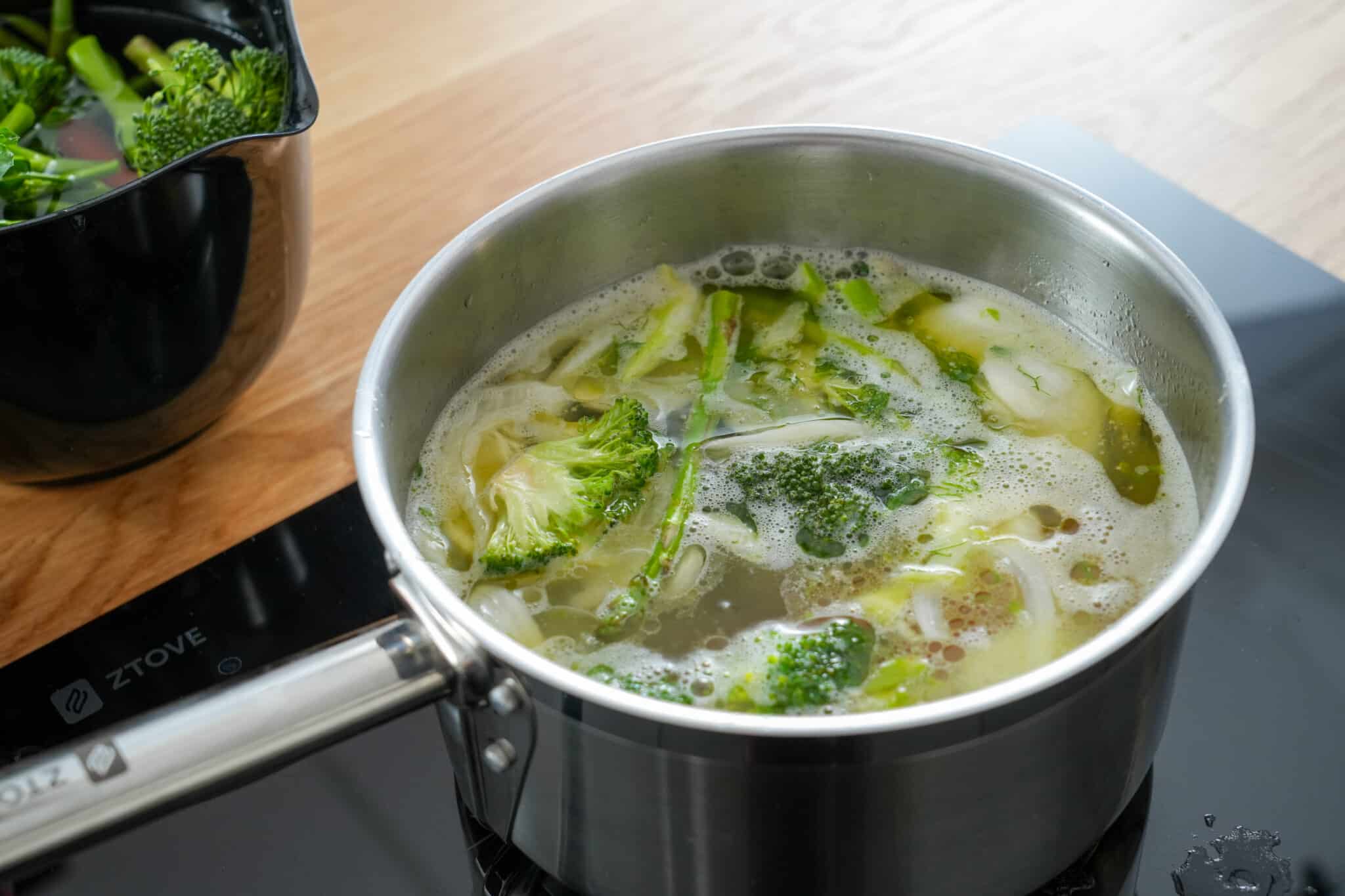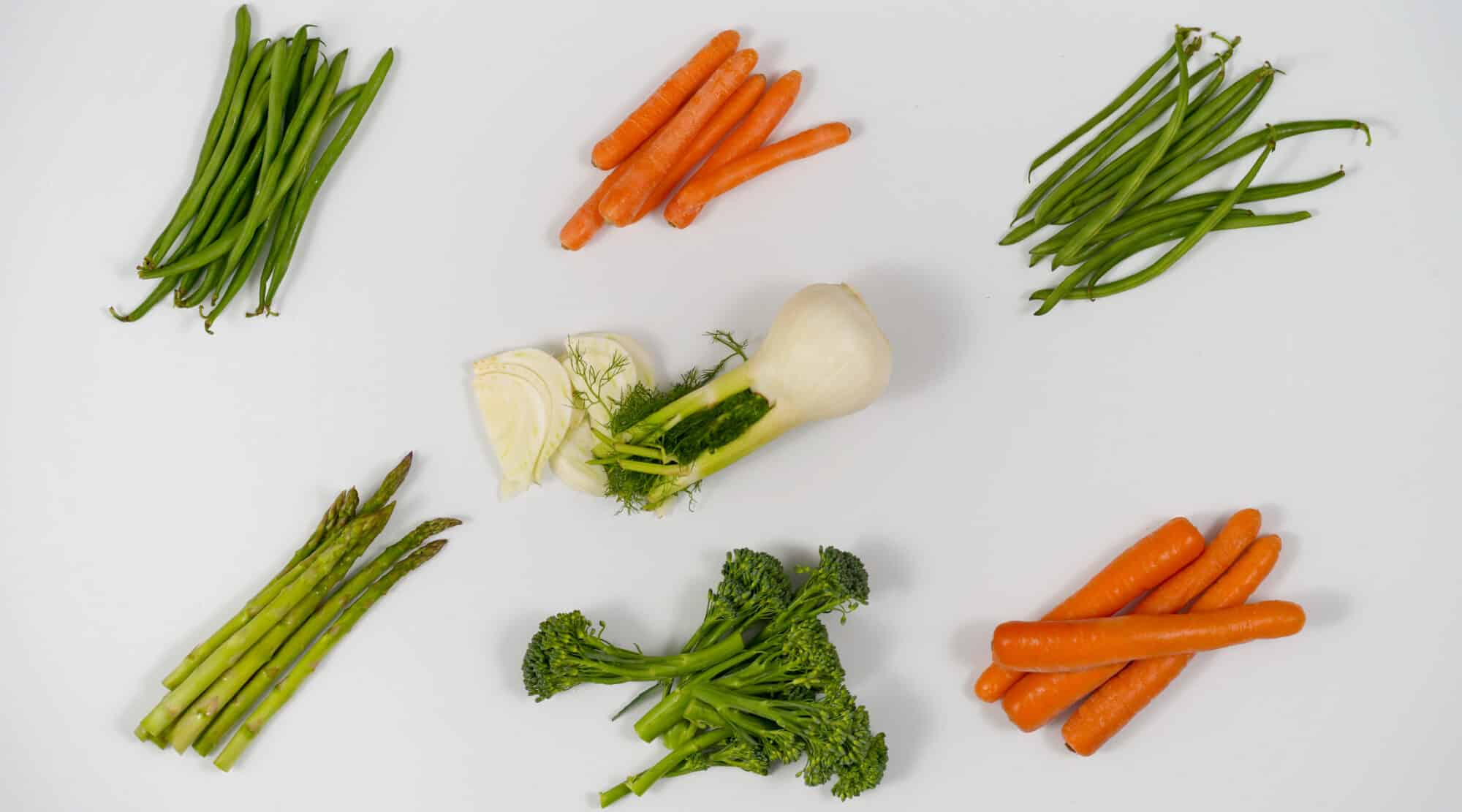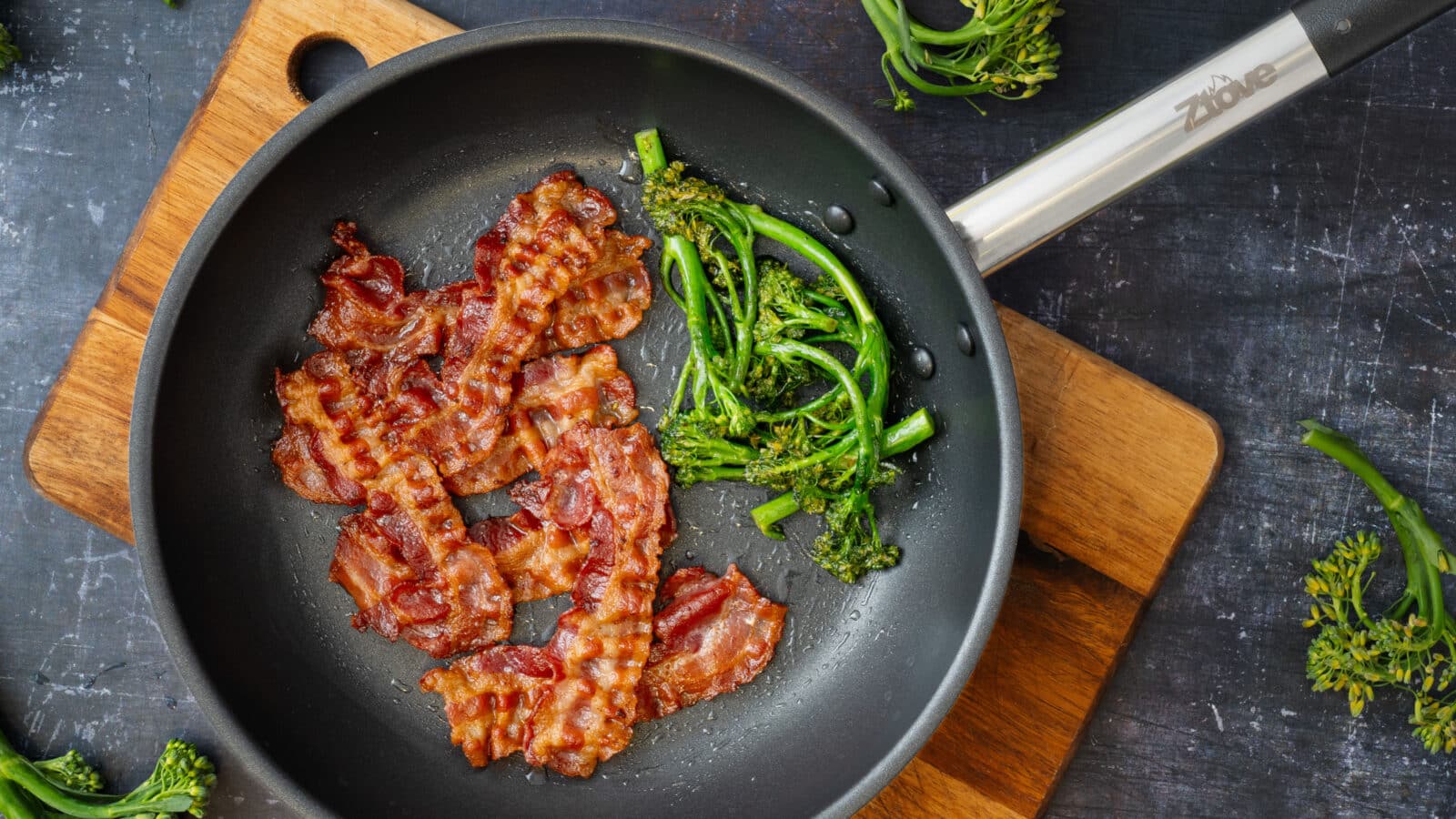Boiling vs. Poaching
Boiling is a well-known cooking method where the raw ingredients are added to a pot of boiling water. Poaching, on the other hand, is a more gentle version of boiling. The ingredients are still cooked in water, but the water is kept at a steady temperature below boiling point, typically ranging from 70 to 95 ºC. This lower temperature provides a gentler cooking process that better preserves the flavours and textures of the vegetables.
Since the water is below the boiling point, it can be challenging to maintain the correct temperature on a regular hob, as it’s difficult to tell if the water is at 70 or 95 ºC, and the temperature significantly impacts the cooking time. With Ztove, the technology automatically maintains the chosen temperature, making it effortless to achieve consistent and perfect results every time.
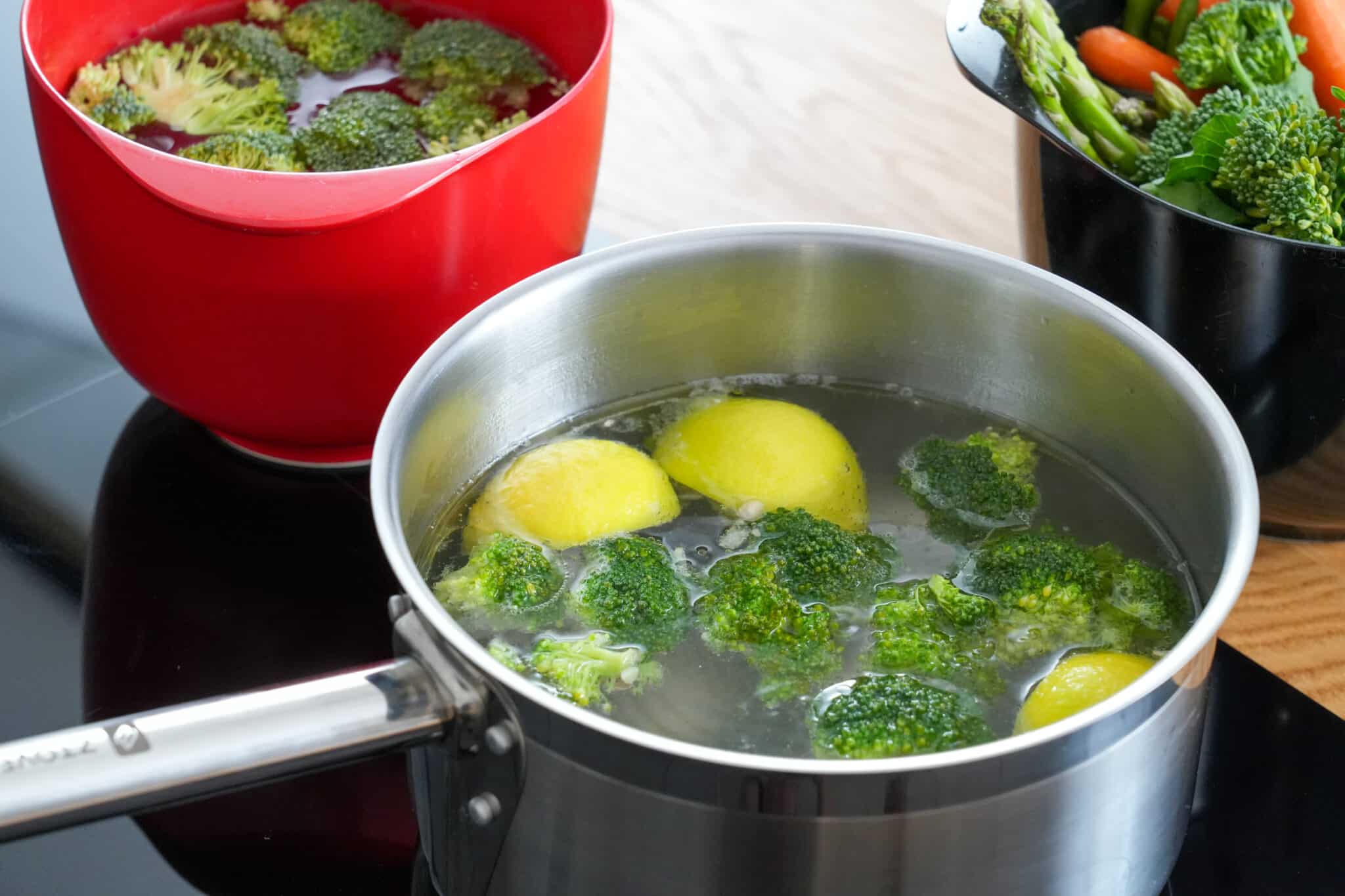
The Benefits of Poaching
Poaching is a cooking method that preserves the flavour, texture, colour, and nutrients of vegetables better than if you boil them. The lower temperature used when poaching prevents flavour and juices from seeping into the cooking water. Because the temperature is lower, it’s also easier to avoid overcooking the vegetables, as the lower temperature provides more control over the cooking process, reducing the risk of the vegetables becoming mushy. The result is vegetables with a nice firm consistency.
Add Extra Flavour to Your Vegetables with Spices and Herbs
Poaching your vegetables provides an opportunity to enhance their flavour by infusing the poaching liquid with various spices, herbs, and other flavourful ingredients. These additions add an extra dimension of taste to the vegetables, elevating the overall experience. There is a wide range of flavour combinations to explore, but here are some ideas to get you started:
- Cook the vegetables in broth or bouillon for a savoury and rich taste.
- Add salt, sugar, and lemon juice to the poaching water.
- Add a little butter to the water – it gives the vegetables a shiny and appealing appearance, as the butter forms a thin layer on the vegetables when you remove them from the poaching liquid.
- Add garlic – no need to peel or chop it, simply crush it with the flat side of a knife to release its juice and flavour.
- Add fresh herbs, such as parsley, tarragon, thyme, lovage, rosemary, oregano.
- Add dried herbs – it doesn’t have to be fresh herbs; use what you have in your kitchen cabinet.
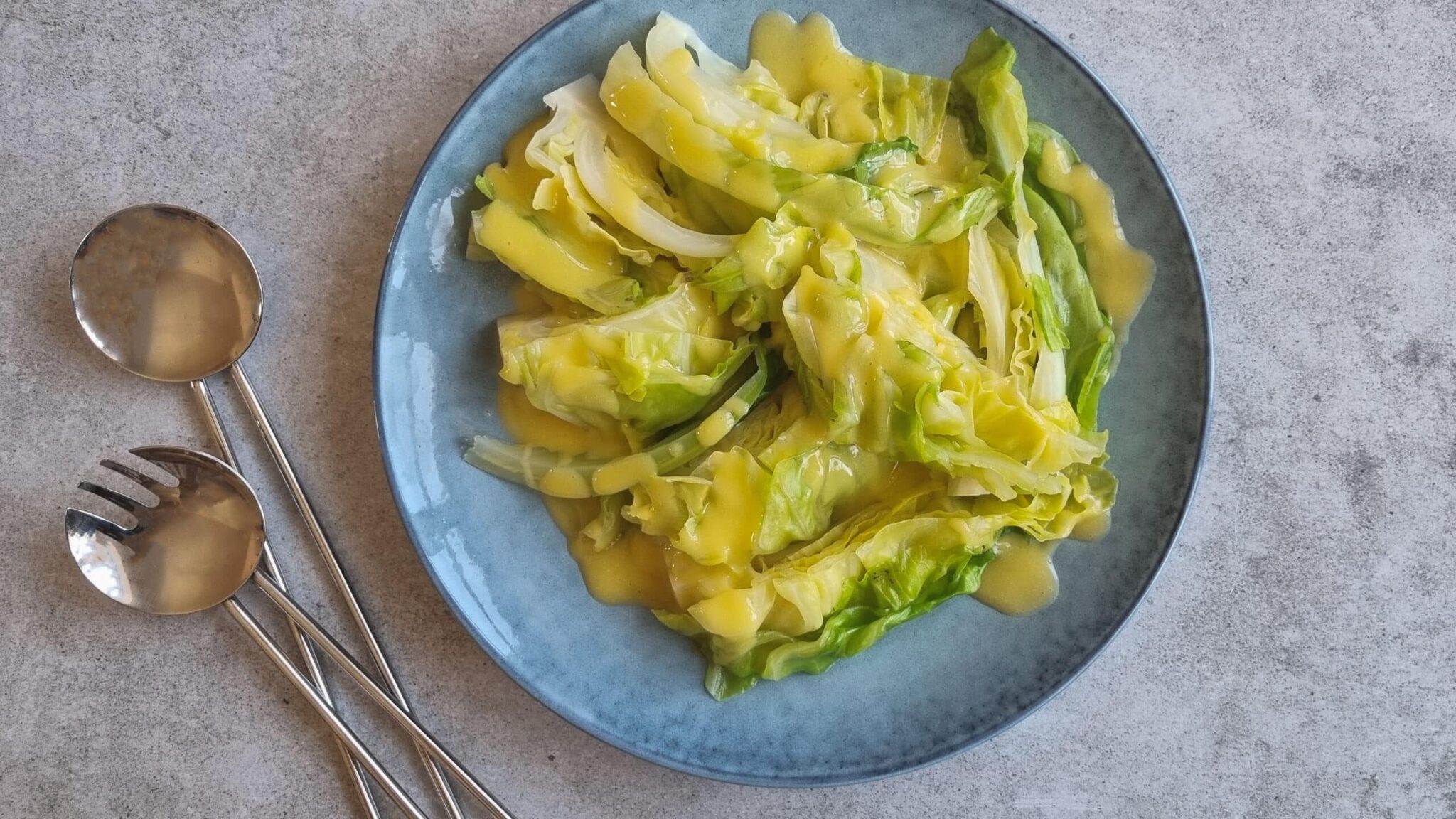
Which Vegetables are Suitable for Poaching?
While poaching is suitable for a variety of vegetables, it is important to note that sturdier vegetables tend to work better with this cooking method compared to more delicate vegetables with a high water content. Therefore, it is advisable to avoid poaching delicate vegetables like celery, cucumber, and lettuce. Instead, opt for more robust options such as broccoli, cauliflower, asparagus, broccolini, pointed cabbage, brussels sprouts, green beans, and potatoes. These sturdy vegetables hold up well during the poaching process, resulting in flavourful and perfectly cooked veggies.
In our recipe for poached vegetables, you’ll find suggested cooking times for different vegetables. Cooking times are also provided based on whether you prefer your vegetables crisp, al dente, or fully tender. You can find the recipe here.
